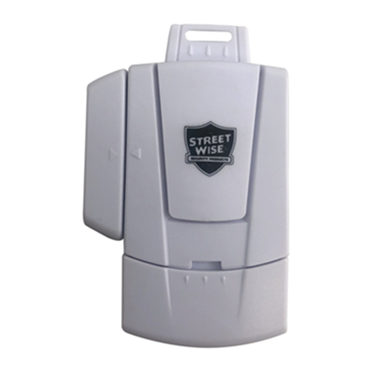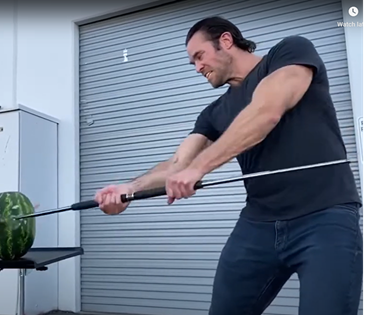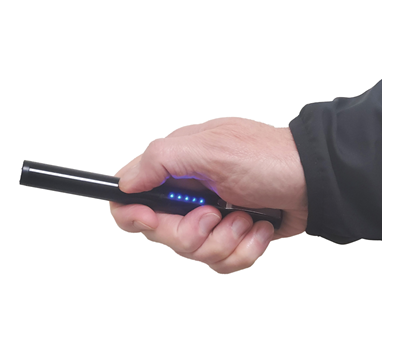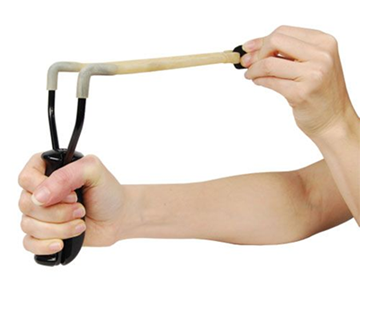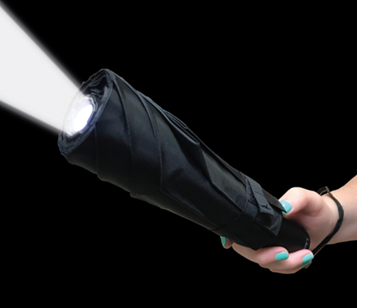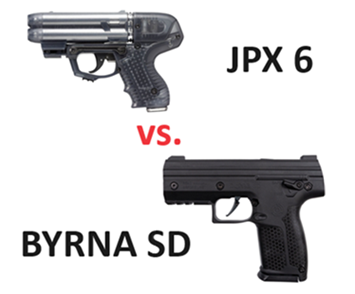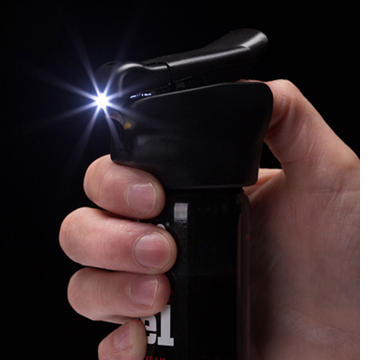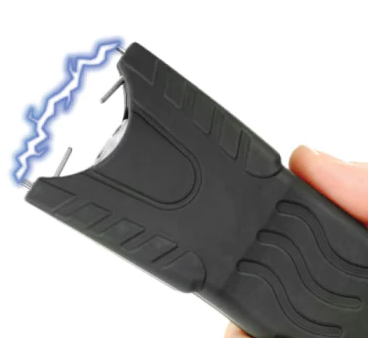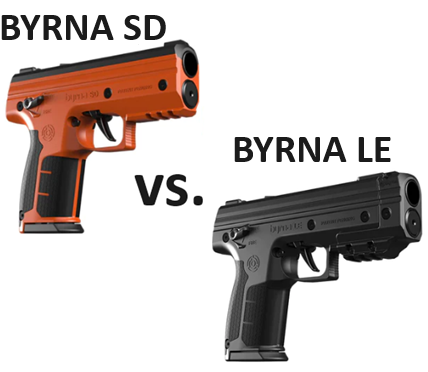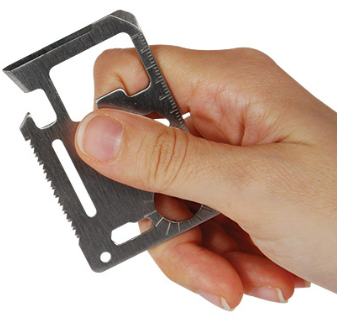How does a stun gun work?
Stun guns utilize high voltage and low amperage electrical charge to disrupt the body’s communication system thus not seriously harming the body. The low amperage with the high voltage means there’s a lot of pressure behind the charge. Think of a small-diameter hose discharging high-pressure water as opposed to a very large-diameter hose with high-pressure water that can kill you!
A stun gun will disrupt an attacker’s nervous system which causes the charge to combine with the electrical signals from an attacker’s brain. This causes the attacker’s brain to not allow the muscles to move and may cause the attacker to become confused and unbalanced. Additionally, the attacker will be temporarily partially paralyzed.
A conventional stun gun is fairly simple. They are about the size of a flashlight and most use an ordinary 9-volt battery. The battery supplies electricity to a simple circuit consisting of various electrical components which include multiple transformers, an oscillator, a capacitor and electrodes.
The transformer can boost the voltage in the circuit to about 20,000 and 975,000 volts, while reducing the amperage. The oscillator fluctuates current to produce a specific pulse pattern of electricity and charges the capacitor. The capacitor builds up a charge and releases it to the electrodes which are used to touch an attacker.

